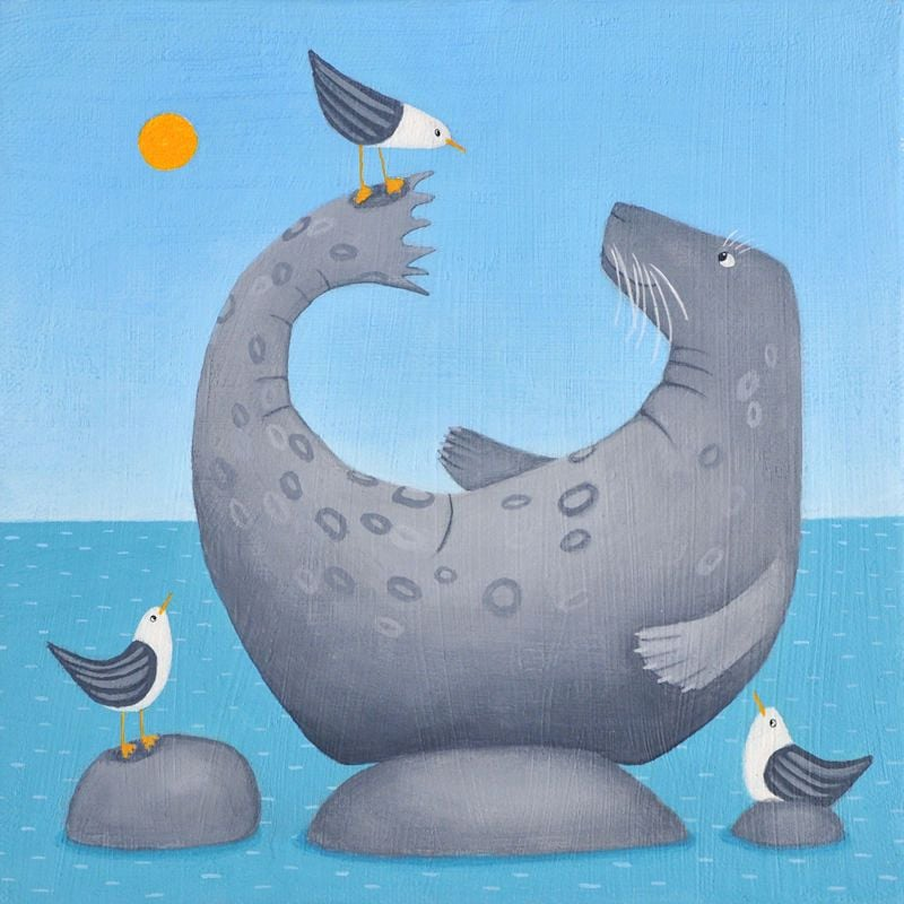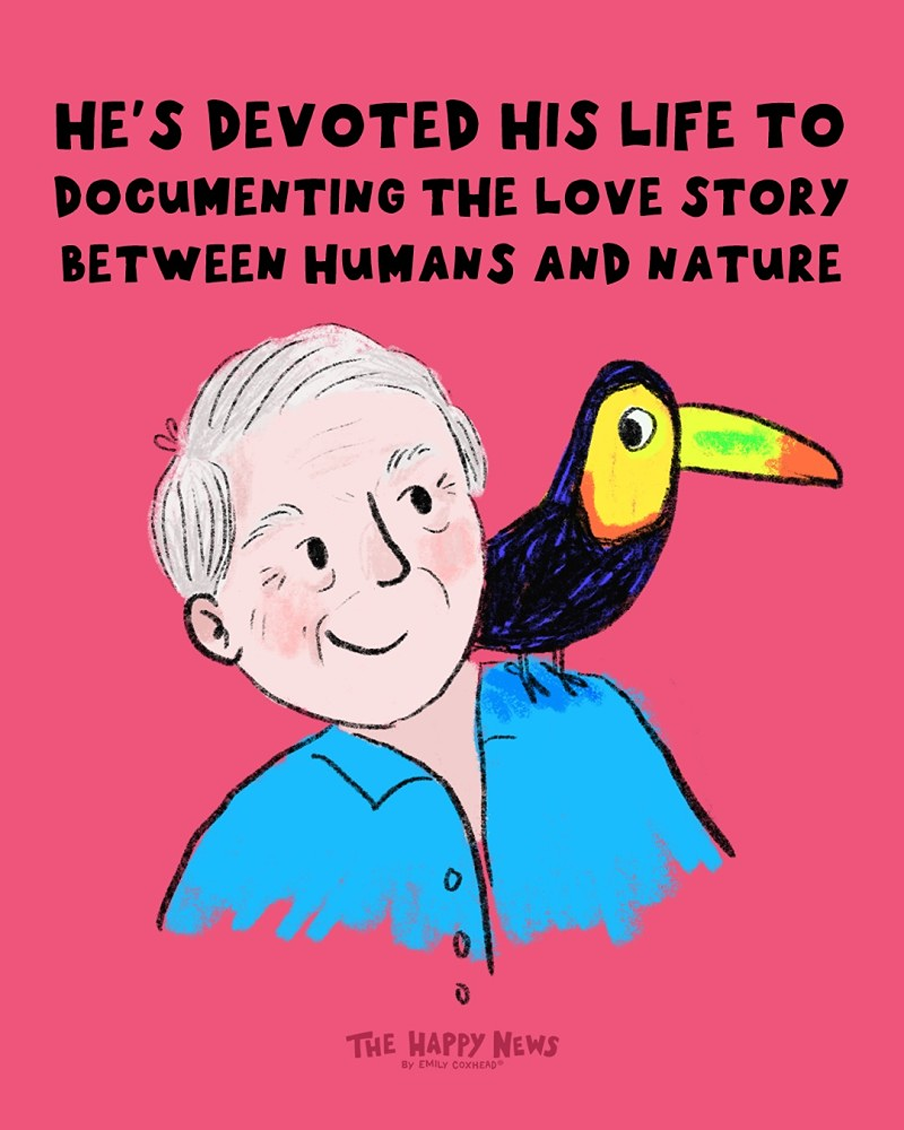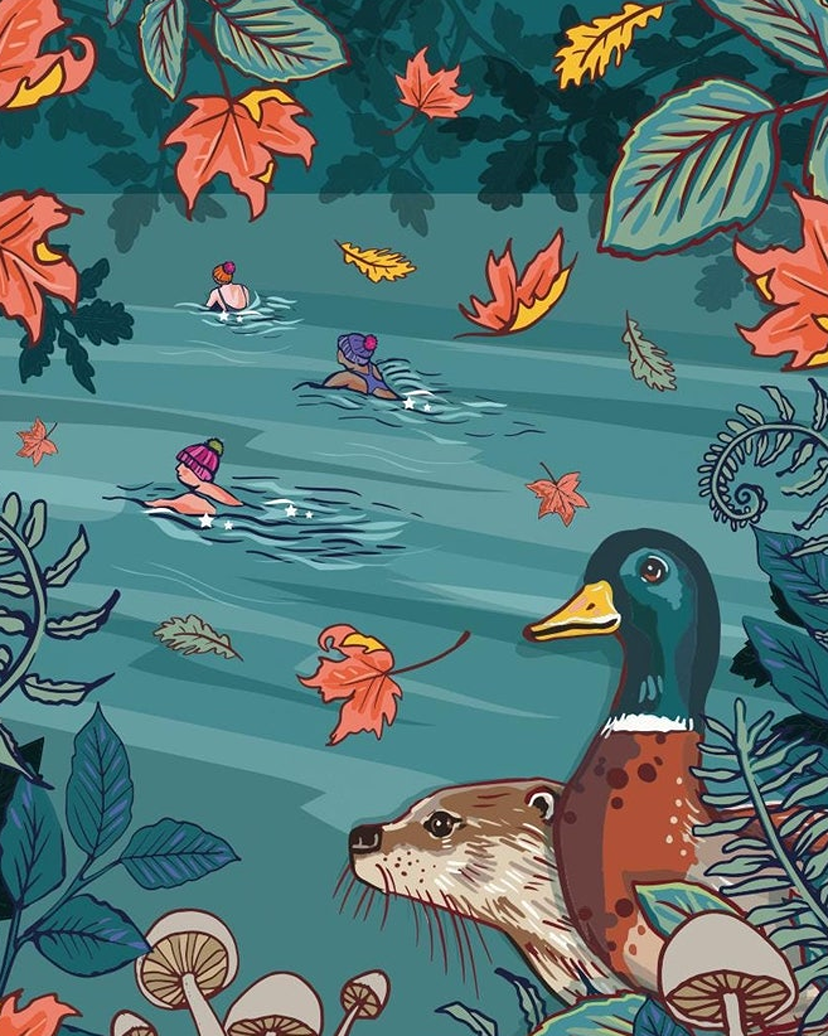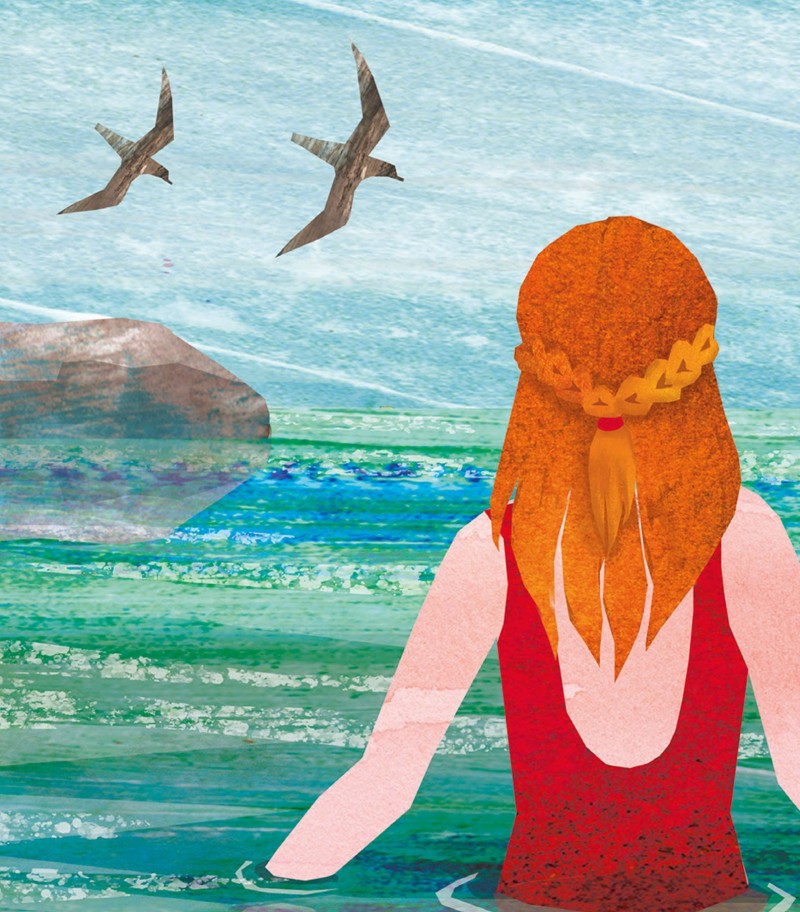How to Help England’s Delightful Dolphins

England’s coastlines are home to playful, smart dolphins and porpoises. These creatures charm all who see them leaping beside boats or chasing fish in the waves. Yet, life near busy shores can be risky. Dolphins face plastic pollution, heavy shipping, oil spills, and noisy seas.
But each of us can help keep them safe and thriving. Here’s a simple guide to help protect England’s amazing dolphins.
Don’t Drop Litter Anywhere
All rubbish eventually finds its way into rivers and seas. Plastic bags, bottles, and packaging can choke or poison dolphins. Always use bins, even if you’re far from the coastline. Pick up rubbish when you spot it, and encourage others to do the same. Read our post on preventing cigarette litter.
Organise Volunteer Beach Cleans

Rubbish piles up on beaches, causing harm to whales, dolphins, and seals. Join a local beach clean or start one with friends and neighbours. Every item removed means one less hazard for ocean creatures. Many wildlife groups post dates for beach cleans online.
Choose Sustainable Sailing and Boating
Recreational boats sometimes hit whales or disturb them with noise. If you sail, stick to marked routes, slow down near wildlife, and use eco-friendly engines. Also use less plastic and sort rubbish for recycling.
When boats plough full speed into dolphins, the animals often die or suffer terrible injuries. Support calls to slow ships in whale zones. If you’re on the water, always drive slowly and check these areas for movement.
WiSE is the national scheme that lists wildlife-friendly boat operators, and people who own boats (private or professional use) can take a five-hour course (refreshed every 3 years) to be a wildlife-friendly sailor. You can then use their logo on your literature. Read our post for sustainable sailors!
Cut Down on Noise Pollution
Underwater noise drowns out dolphin communication and stresses them. Support calls for quieter shipping lanes and stricter rules for sonar use. If you’re on a boat, reduce your speed. Less noise helps dolphins feed, care for young, and avoid predators.
Never use jet skis, these cause noise pollution and injuries, and can separate marine creatures sfrom their young.
Prevent Oil Pollution

Accidental spills poison water and coat dolphins’ skin. Avoid pouring oil or chemicals down drains. Support companies and policies that keep oil out of the oceans. Clean up any spillage near drains or in your local area, as it all adds up.
Wrap small amounts of oil in kitchen paper and bin (same with cream liqueurs). For larger amounts, use an oil recycling container and take to the tip.
Also choose waterless car washes (both driveway and supermarket car washes send untreated oily water down drains, and out to sea).
On a larger scale, read our post on creating oil-free economies.
Advocate for Ocean Sanctuaries
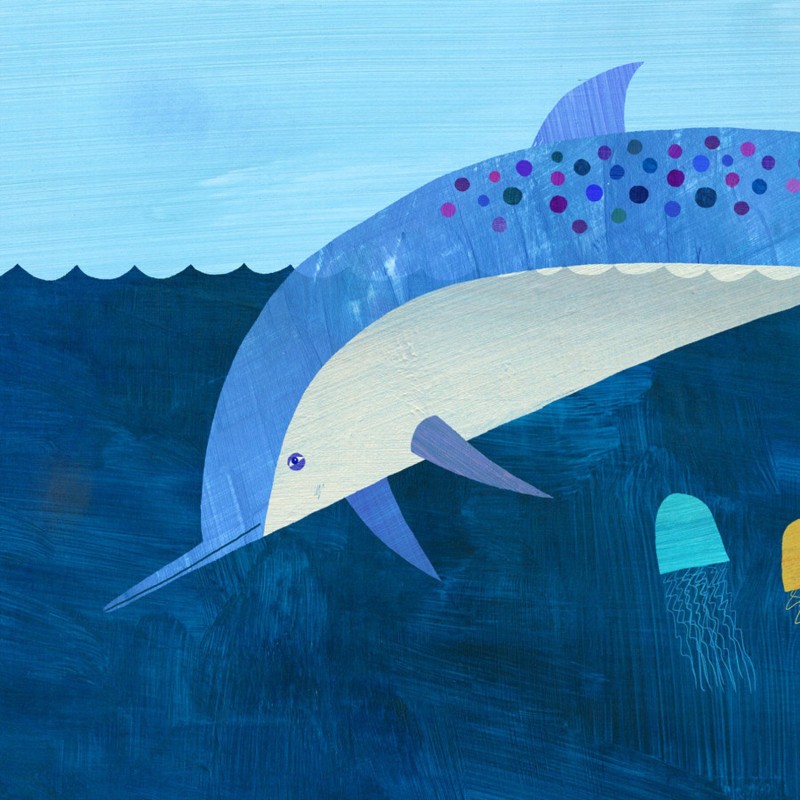
Dolphins thrive in protected zones where fishing and shipping are controlled. Add your voice to petitions calling for more marine protected areas. Donate to campaigns that fund ocean sanctuaries.
These are like ‘the Switzerland of the oceans’. Nobody owns them, and nobody is allowed to fish, there is presently a tiny one in Scotland but none so far in England. But many worldwide.
Fight Climate Change in Everyday Life

Climate change heats up seas and drives dolphins’ prey away. Cut car trips, insulate your home, switch to renewable energy, and eat less meat and dairy. Find ways to reduce your carbon footprint as much as possible.
Tackle Overfishing and By-Catch
Too much fishing starves dolphins and other marine animals. Some dolphins get caught and drowned in giant nets set for other fish. If you eat it, buy seafood with Marine Stewardship Council (MSC) or equivalent certification. Avoid eating problematic species like bluefin tuna. Speak up for changes to fishing laws.
Remove Ghost Fishing Gear and Waste
Old nets and fishing ropes can float for years, still trapping dolphins. Support and join schemes that retrieve ghost gear from the sea (this post includes info on fishing line recycling).
Avoid Tourist Aquariums
Creatures in aquariums don’t have the space needed. People also often mistakenly assume that captive dolphins are happy, because they are always smiling. In fact, dolphins can’t move their facial muscles so they will always look like that, even if they are thoroughly miserable, bored and depressed.
Don’t Swim With Dolphins
Welfare experts also say to avoid ‘swimming with dolphins’. It sounds nice, but dolphins are very good predators and could easily harm an autistic child in the water. You wouldn’t put your child in the water with a shark, so why a dolphin? They can be just as lethal, if spooked.
Support an End to Dolphin Hunts
Dolphin hunts still take place in some parts of the world. Help end this by spreading awareness and supporting groups who fight for wild dolphins. Encourage others not to buy products that come from killed dolphins. Use your voice and wallet to send a strong message.
Learn About Porpoises Too
Harbour porpoises live along England’s coasts too. These ‘ocean cousins’ are quite different. Dolphins have longer noses and are much bigger, and have wave-like fins compared to triangular fins in porpoises. The main difference is that dolphins are more social and live in much bigger pods, and make more noise!
Stop Cruel Dolphin Hunts
Join the campaign at Whale & Dolphin Conservation to stop cruel dolphin hunts in Japan, Faroe Islands, Peru, Sri Lanka and Ghana. Over 100,000 dolphins and small whales are killed each year, either for eating or to use as bait for the shark fin industry.
Your support helps the charity conduct undercover investigations, educate the public (many people in Japan have no idea what goes on) and ask businesses to stop using airlines that carry live dolphins captured during hunts, to send to zoos and aquariums worldwide.
How to Help Injured or Stranded Dolphins
You call British Marine Life Diver’s Rescue (which has volunteers who can help, and also runs training courses for marine mammal medic volunteers and the veterinary industry).
Either call the number (or be put through by the coastguard or RSPCA). The site has detailed information, but in summary:
Don’t put injured dolphins back in the sea. Instead follow the five P’s while you wait for help to arrive:
- Protection (use a face mask and gloves, and steer clear of the blowhole and trashing tails)
- Position (roll the creature onto its underbelly, dig trenches under pectoral fins for comfort)
- Pour water (to keep the skin moist – soaked seaweed is another good option). Never pour pour water or cover seaweed over the blowhole, this is how marine creatures breathe).
- People (keep people and noise away, keep an eye out for tides and rough seas.
- Photos (send photos and videos to the BDMLR call handler)
- Also report dead dolphins (location, date, species, condition) so areas can be monitored.
An Amazing True Story about Dolphins

We’ve all heard about dolphins circling divers, to protect them from sharks. But here’s another true story to amaze you:
In California, a marine biologist who regularly watched a pod of dolphins, saw one suddenly ‘shoot off’ into the middle of the ocean, followed quickly by the others.
Knowing this was not usual, she got in her boat and followed them. Around 3 miles off-shore, they were circling a young woman, obviously in danger.
When the girl arrived at ER in the hospital, it turned out she was German and could not speak English. So a translator spoke to her.
The teenager was miles off shore, as she had swam out, to try to commit suicide. The dolphins had known from 3 miles away (back at shore) and swam out to save her? Isn’t nature wonderful?

